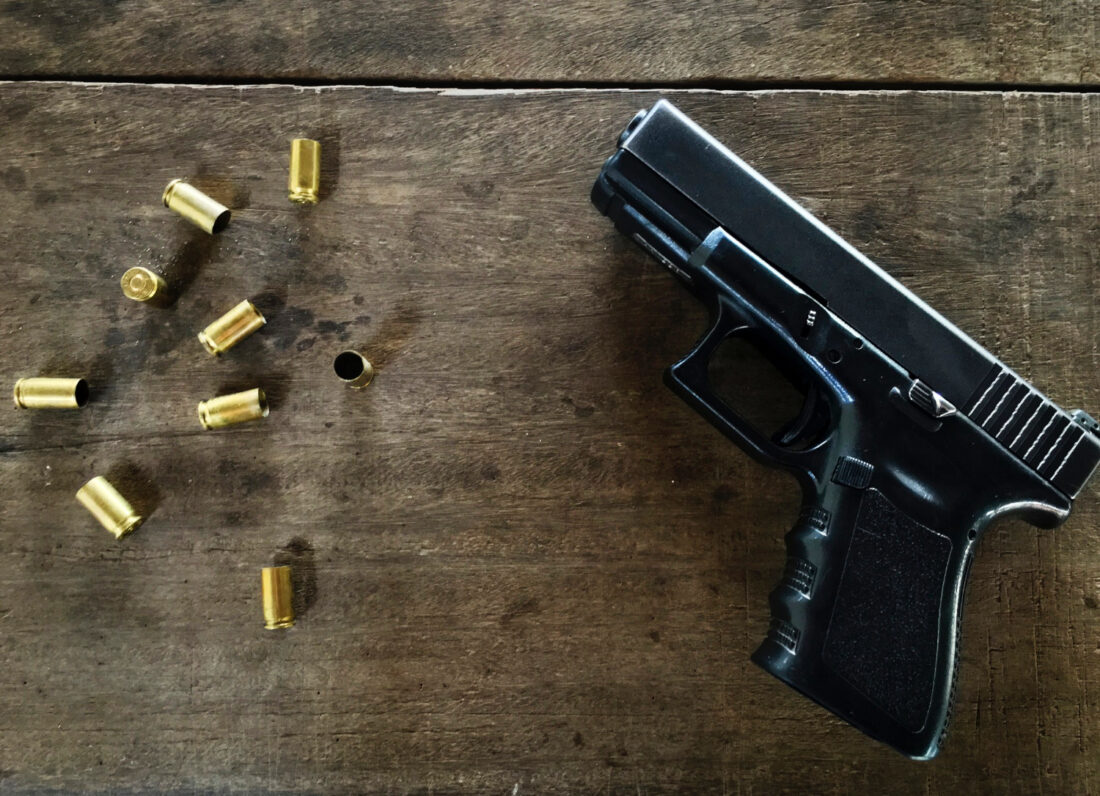The Ultimate Guide to Choosing the Right Red Dot Optics Mount

Unlike iron sights, red dots allow shooters to keep their sight on the target. This makes them a good choice for handguns and shotguns, mainly when used with a suppressor.
These optics have a small window and are often tubular. They feature reticle options ranging from 2 to 6 MOA.
Optical Quality
If you’re looking for a new RDO mount for your close-quarters combat weapon, a 9mm PDW like the AR9 or HK94 clone, or a short-range speed competition firearm, it’s essential to consider the rifle’s purpose first. This will help you narrow your search for a sight offering the perfect mix of performance and price.
Red dot sights come in two primary styles – tube-like designs and open or window-based optics. Tube sights feature a cylindrical tube that houses the lens and battery.
Open sights are much more straightforward, featuring a flat base with a single loop of material to support the optic. They’re often less expensive than their tube counterparts but offer exceptional optical quality. They also require a lot less maintenance than a tube sight.
Accuracy
RDO mounts are a great way to improve accuracy on any firearm. Properly zeroed, your shots will consistently hit where you aim. This is important for target shooting, hunting, and self-defense situations where every shot counts.
One factor affecting the accuracy of RDO is the height at which it is mounted. The optimal height will vary by the type of firearm, shooter body geometry, shooting style, and the distance to the target.
Some pistols have specific spots milled into the slide or receiver for mounting red dot sights. If your pistol doesn’t have these mount-friendly spots, many manufacturers offer adapter plates that accommodate different types of red dot sights. Using these plates is a simple process, but ensuring the plate and optic are a good fit is essential.
Functionality
Red dot optics can boost a shooter’s speed and range shooting proficiency. This new technology has grown into a popular accessory for handguns and has inspired an entire subculture around mounting them. Some pistols come with an optic mount already mounted, but most require a plate and dovetail to accommodate the current technology. Before permanently modifying your firearm or investing in a temporary mount that may lose its integrity over time, this is important.
Aesthetics
There are many ways to mount a red dot on your pistol. Some require a custom slide cut; others use a dedicated optics plate that fits the standard dovetail cut.
One popular option is the RMR mount. This proprietary mounting standard features two sockets for pins and two screw holes to the rear. It has one of the smallest footprints in the industry and works well with compact red dot sights.
Other options include frame-mounted red dots that fit the standard slide cut and work well with standard duty retention holsters. These can be more expensive. However, they offer the most stability and reliability of any red dot sight on a pistol.
Cost
Most modern pistols have a specific red dot mount footprint milled into their slide or frame, so you can shop for an optic of your choice with confidence that it will fit. This makes mounting incredibly easy; consult your owner’s manual to find out what kind of footprint your gun has, and then buy an optic that fits.
A cheaper alternative would be to cut into your slide to add a rail, which can lead to chafing against the handgrip and may damage the slide’s finish. You also lose the ability to co-witness with your iron sights, which can affect your shooting.
Some red dot optics have a small channel through which the LED shines to create the reticle, and if even a drop of water or a grain of sand enters this channel, it can permanently ruin your optic. Appropriately mounting your optic is the best way to ensure waterproofing and durability.
FOLLOW US ON FACEBOOK
RECENT POSTS
TAGS
About The Memory Hole
You've reached TheMemoryHole.org! A diverse lifestyle blog with content on a variety of different topics to help you define and live the life you want to live! Thanks for stopping by!
Copyright © The Memory Hole. All rights reserved.








